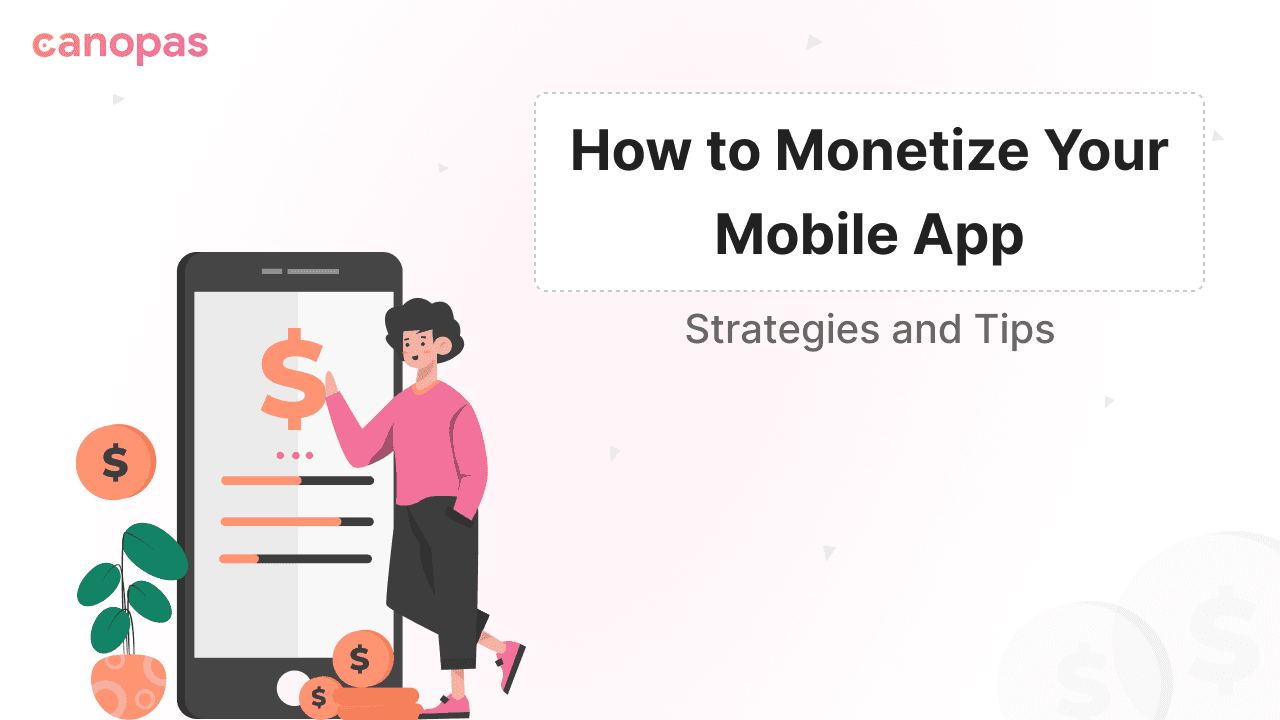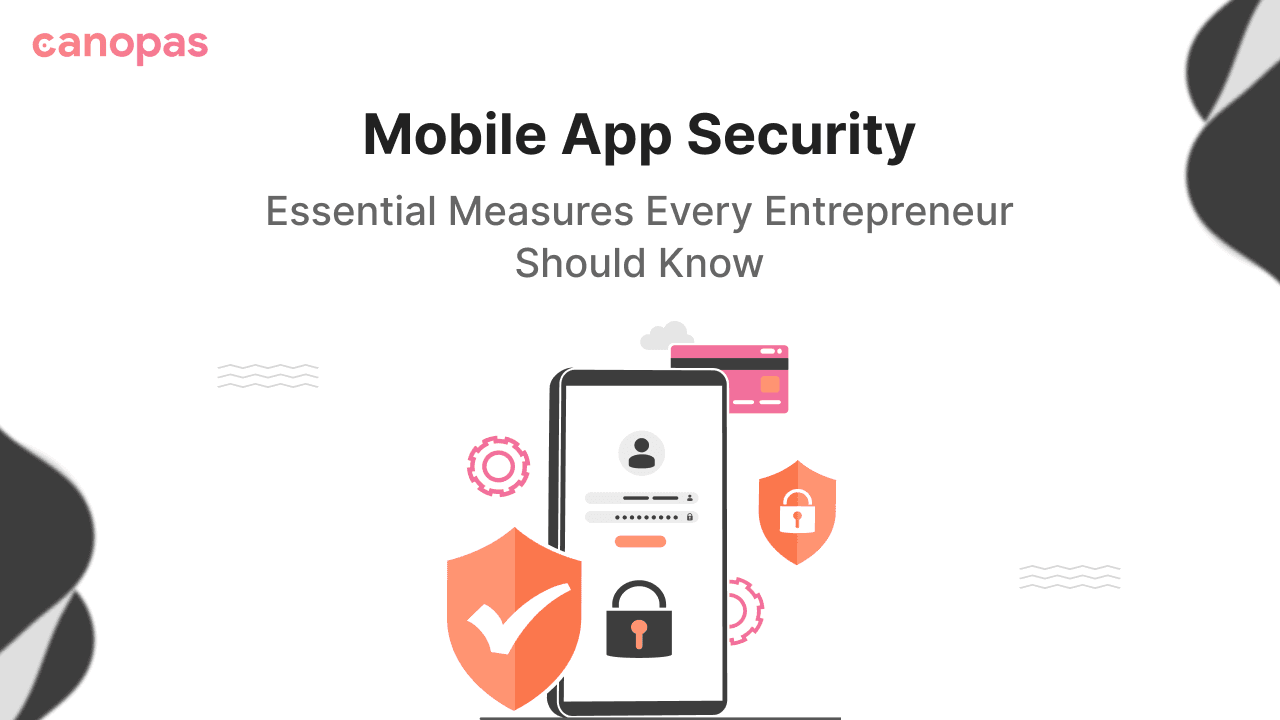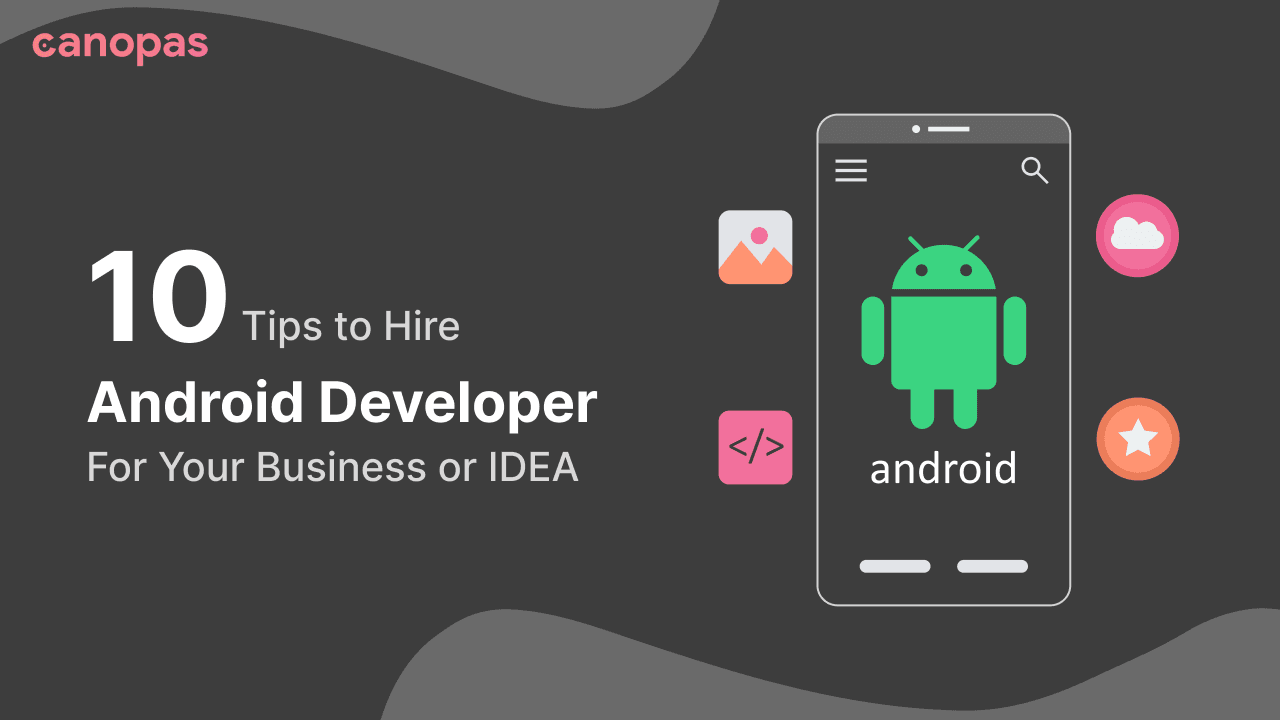
How to Monetize Your Mobile App — Strategies and Tips
Introduction to App Monetization
The rapid growth of the digital world, driven by smartphones and the internet, has opened up a vast landscape of opportunities for entrepreneurs and small businesses.
More and more, businesses are understanding the value of having a mobile app to increase their reach and improve customer engagement. However, simply having an app is not enough. To truly unlock the full potential of this digital frontier, you need to have a solid plan on how to monetize your mobile app.
While the prospect of earning revenue from your app is exciting, it is crucial to understand that not every monetization strategy will be a good fit for your business model or audience.
Monetization should be an integral part of your app's development strategy, rather than an afterthought. It requires a deep understanding of your target audience, a clear definition of your value proposition, and an iterative approach to finding what works best.
In this blog post, we will delve into the various strategies available to monetize your mobile app. From in-app advertising and freemium models to affiliate marketing and selling services, we will discuss the pros and cons of each approach and provide tips on how to implement them effectively.
Whether you're in the initial stages of developing your app or looking to optimize your current revenue streams, this guide will provide the insights you need to make informed decisions.
Remember, your app is not just a tool to reach customers—it's a powerful asset that, when leveraged properly, can become a significant source of revenue.
Freemium Model — Providing Value at Every Level
The freemium model is another popular strategy for app monetization.
It's a model where users can access the basic functions of the app for free, but premium features or content are locked behind a paywall.
This model gives users the opportunity to use and understand the value of your app before deciding to invest money into it.
Freemium models can take several forms, including:
- Feature-Limited Freemium: In this case, basic features are available in the free version of the app, but advanced or premium features require payment. This model is common in productivity apps. We helped Justly and Togness clients integrate Feature-Limited Freemium models.
- Content-Limited Freemium: Users have free access to a portion of the app's content, but additional content (like premium articles, music, videos, etc.) is available for purchase. We helped Luxe Radio implement Content-Limited Freemium as their monetization strategy.
- Capacity-Limited Freemium: For apps like cloud storage services, users have free access up to a certain capacity or usage limit, after which they must pay.
- Time-Limited Freemium: This involves giving users full access to the app's features for a limited time before asking for payment. This model is often used in software trials.
The freemium model is effective because it removes the initial barrier to entry, allowing users to download and engage with your app without any financial commitment. Users who find value in your app are then more likely to upgrade to the premium version.
However, it's important to ensure that the free version of your app provides enough value to engage users while still leaving room for desirable premium features.
The challenge lies in striking the right balance—providing too much for free could reduce the incentive to upgrade while offering too little could lead to poor user retention.
At Canopas, we can help you strategize and implement a freemium model that drives user engagement and fosters conversions with paid users. Let's unlock the potential of your app together.
Subscription Model — Harnessing Consistent Revenue Streams
Subscriptions have become a cornerstone of the digital economy and for a good reason. By offering your users access to your app's full suite of features for a recurring fee, you can generate a stable, predictable revenue stream. This is the essence of the subscription model.
Subscription models are common in industries like media, entertainment, fitness, and productivity apps.
They work exceptionally well with apps that provide ongoing value such as regular content updates, cloud services, or access to a community. Examples of successful subscription-based apps include Netflix, Spotify, and Headspace.
There are two primary types of subscriptions:
- Content Subscriptions: Users pay for access to a content library that is continually updated. This model is prevalent in news apps, streaming services, and educational platforms.
- Software or Service Subscriptions: Users pay for the use of software or service over time. This is common in cloud storage apps, project management apps, or any other app that offers a valuable service that users need over an extended period.
Subscription pricing can also be tiered, offering users different levels of service or access for different prices. This allows users to choose a plan that best fits their needs and budget.
The subscription model offers predictable and recurring revenue, making it easier for you to forecast future revenue and plan your business strategy accordingly.
However, to keep users subscribed, it's crucial to continuously provide valuable content or services and maintain a strong relationship with your subscribers.
In-App Purchases — Encouraging Users to Spend More
In-app purchases are a powerful way to monetize your mobile app. They allow users to buy specific features or items directly within the app, enhancing their experience or making the app more convenient to use.
This strategy is often used in conjunction with free apps, making it another form of the freemium model. We've implemented the same for two of our clients: Justly and Togness.
In-app purchases are incredibly popular in gaming apps, where users can buy virtual goods, additional content, or currency. However, they can also be used effectively in non-gaming apps. For example, users could pay to access additional features, unlock ad-free experiences, or buy digital goods.
There are two main types of in-app purchases:
- Consumable Purchases: These are purchases that can be used only once, such as virtual currencies in games or temporary boosts. They need to be bought again when they run out, creating a continuous revenue stream.
- Non-Consumable Purchases: These are purchases that permanently enhance the app or provide ongoing benefits. This could include unlocking a premium feature or removing ads. Users only need to buy these once, but the value they provide can often justify a higher price.
In-app purchases can provide a significant source of income if implemented correctly. However, it's essential to consider the user experience. The items for sale should enhance the app experience or provide real value for users. It's also crucial that users don't feel forced into making purchases to use the app effectively, as this can lead to negative reviews and user churn.
At Canopas, we understand the delicate balance required for successful in-app purchases. We can help integrate this monetization strategy seamlessly into your app, ensuring it adds to your users' experience while boosting your revenue.
Sponsorship or Partnerships — Leveraging Synergies for Mutual Growth
Sponsorship or partnerships can be a unique and effective way to monetize your mobile app. This strategy involves teaming up with other companies for mutual benefits.
It works particularly well for apps with a large and engaged user base, as other companies will be keen to access and market to your audience.
This strategy can take several forms:
- Exclusive Partnerships: This involves forming a partnership with a company to integrate their services into your app. For example, a fitness app could partner with a health food brand to provide personalized diet plans for users.
- Sponsored Content: This involves a partner providing content that's featured on your app. This could be in the form of articles, videos, product placements, or other types of content. The content usually provides value to your users and promotes the partner's brand or products subtly.
- Sponsorship of User Activities: In this case, a sponsor provides rewards for specific user activities within the app. For instance, a running app could partner with a sports shoe brand that offers discounts or rewards for users who reach certain milestones.
Partnerships and sponsorships can be a win-win strategy. They offer a chance for businesses to reach your app's users, while you gain additional content, services, or revenue. Moreover, your users get access to exclusive content, discounts, or other benefits.
However, it's crucial to choose partners that align with your brand and provide value to your users. Irrelevant or intrusive partnerships can harm your brand and alienate your users.
Affiliate Marketing — Earning Through Recommendations
Affiliate marketing is another effective strategy for app monetization. This involves promoting other companies' products or services within your app, and earning a commission for each sale or action that comes from your referral.
It's a strategy that works well if your app aligns with products or services that your users might find valuable.
There are several ways you can integrate affiliate marketing into your app:
- Product Recommendations: If your app aligns with certain products, you can recommend these products to your users. For instance, a fitness app could recommend workout gear, supplements, or health foods.
- Service Referrals: If a service complements your app, you can refer users to this service. For example, a travel app could refer users to hotel booking sites, airlines, or car rental services.
- Promotion Codes: Companies often provide promotion codes that offer a discount to the users and a commission for you when the code is used for purchase.
To implement affiliate marketing, you first need to join an affiliate program that aligns with your app. Then, you integrate the affiliate links or promotion codes into your app in a way that feels natural and provides value to your users.
Remember, the key to successful affiliate marketing is relevance and value. The products or services you promote should be relevant to your app and valuable to your users. Promoting irrelevant products can harm your brand reputation and trust with your users.
Selling Services (Service Marketplace) — Building Value Through Exchange
Selling services through your app often referred to as a service marketplace, is another viable monetization strategy.
This strategy involves creating a platform where users can exchange services for a fee. You can generate revenue by charging a commission on each transaction or charging service providers to list their services.
Apps like Uber, Airbnb, Upwork, and TaskRabbit are examples of service marketplaces in different niches. The key is to identify a need that can be met through a service exchange and then build an app that facilitates these exchanges efficiently and conveniently.
Here's how you can leverage this model:
- Identifying a Need: Look for services that are in demand and can be facilitated through an app. This could range from ride-sharing and home rentals to freelancing and personal training.
- Building a Platform: Create an app that allows service providers to list their services and users to find and purchase these services. The app should make this process as seamless as possible for both parties.
- Monetizing Transactions: Generate revenue by charging a commission on each transaction or charging service providers to list their services. This provides a steady revenue stream that grows with the volume of transactions on your app.
While this model can be profitable, it requires careful planning and execution. You'll need to ensure a sufficient supply of service providers and demand from users. Trust, safety, and quality control are also critical considerations in this model.
Conclusion — Choosing the Right Monetization Strategy for Your App
In today's digital economy, creating a successful mobile app is only half the battle.
The other half involves devising an effective monetization strategy that ensures your app not only survives, but thrives in a competitive marketplace.
The strategies we've discussed in this post - in-app advertising, freemium model, subscription model, in-app purchases, sponsorships or partnerships, affiliate marketing, and selling services - offer different ways to monetize your mobile app.
The right strategy, or combination of strategies, depends on your app's nature, your target audience, and the value you provide to your users.
Remember, the ultimate goal is to provide value to your users. The more value you provide, the more willing users will be to engage with your monetization efforts. A well-thought-out and user-centric monetization strategy can turn your mobile app into a profitable business.
At Canopas, we specialize in helping businesses like yours navigate the complex landscape of mobile app development and monetization. Our team of experts is ready to help you devise and implement a monetization strategy that aligns with your business goals and provides real value to your users.
Ready to turn your mobile app into a revenue-generating machine?
Contact us today to start the conversation. Let's work together to make your app a success.







